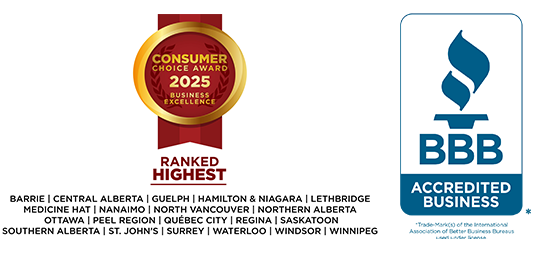The limits are (and these are all “take-home” pay – after taxes, etc. have been deducted):
Household of 1: $1,836
Household of 2: $2,286
Household of 3: $2,811
Household of 4: $3,413
Household of 5: $3,870
Household of 6: $4,365
Household of 7+: $4,860
These amounts apply in all provinces. They are normally changed in January of each year to reflect changes in the cost of living (i.e., inflation). So, if you did a bankruptcy today, you'd be at the above rates for the rest of 2008 and the new rates would apply to you from January 2009 onward.
In calculating the amount you would be expected to pay into a bankruptcy, there are amounts that can be deducted from your income (e.g., child support payments, medical expenses, and certain other expenses).
So, if you’re a household of 2, you keep the first $2,286 of household income and anything above that you have to share with the creditors (your payment in a bankruptcy will usually be 50% of anything above the limit – in this case $2,286).
There will be more information added to this web site soon to show how surplus income payments are calculated. In the meantime, if you have any further questions, feel free to post another blog or get in touch with me directly.
Judy A. Scott
Meyers Norris Penny Limited
Vancouver – Port Moody, Abbotsford
[email protected]

